24 Best Places To Visit Munich Germany 2020 - Munich, the capital of Bavaria and the third biggest city in Germany, lies on the River Isar on the edges of the Bavarian Alps. It started as a cloister, developing into a settlement when the Duke of Bavaria enabled the priests to set up a market at the intersection of the course from Salzburg and the waterway. You can even now pursue the lines of Munich's medieval dividers in a ring of bending lanes and see three of its noteworthy old city doors. The point of convergence of Munich's noteworthy inward city is the extensive, open square, the Marienplatz, where guests and local people interruption to watch the energized check play out its legend a few times day by day.
About Germany Tourism
Germany, an originator individual from the European Community, lies in northern Central Europe. Because of its focal circumstance inside Europe, it has more typical outskirts with different nations than some other European state. On the east, it is limited by Poland, on the south-east by Czechoslovakia, on the south by Austria and Switzerland, on the south-west by France, on the west by Luxembourg & Belgium, on the north-west by the Netherlands & on the north by Denmark. It has common wildernesses on the Baltic toward the north & the North Sea on the north-west.
Germany is a traveler nation of unlimited assortment, with a consistently changing example of view stretching out from the ocean to the mountains, from the marsh areas along the Baltic and the North Sea drifts by the method for moving backwoods secured uplands to the Bavarian Alps.
In the north good looking old block assembled houses demonstrate the veracity of the abundance of the Hanseatic towns which once governed the oceans. More remote south the old free supreme urban areas, august capitals and Episcopal urban communities have their grand houses of God, royal residences and town lobbies to announce in the stone dialect of building styles the adjustments in human states of mind and in financial significance which time has brought, while extraordinary scopes of open nation and incalculable occasion and wellbeing resorts offer to unwind and diversion to those looking for alleviation from the strains and worries of current life.
1. Bavaria Statue
Munich's response to the Statue of Liberty stands to watch over the Oktoberfest grounds every year. The 18.5-meter-tall (60.75 ft) statue raised in 1850 by King Ludwig I embodies Bavaria. Cast totally in bronze and weighing very nearly 90 tons, it's so huge it must be created in a few sections. Covered up inside the statue is a winding staircase that prompts a perception deck, where the whole Oktoberfest region and downtown Munich are unmistakable through four openings in her protective cap.
2. Munich Residenz
For a considerable length of time the seat of the dukes, voters, and rulers of Bavaria, the Munich Residenz is one of Europe's most fantastic castles. Spread out around seven substantial courts, the tremendous Residenz complex contains three primary areas: the Königsbau, fronting onto Max-Joseph-Platz; the Alte Residenz, confronting Residenzstrasse; and the Festsaalbau (Banqueting Hall), neglecting the Hofgarten. The soonest segment of this tremendous complex was the eminent Antiquarium, worked in 1579 and now part of the exceptional Residenz Museum.
The Alte Residenz, a showstopper of the late Renaissance and declaration to the developing intensity of Bavaria, pursued before long, and the last segments - the Neoclassical Königsbau, the Festsaalbau, and the Court Church - were finished in 1848. Today, the Residenz houses various landmarks and historical centers, including the Residenz Museum, the Treasury, the Court Church of All Saints (Allerheiligen-Hofkirche), and Cuvilliés-Theater. Make sure to investigate the royal residence grounds, as well, with its numerous superb old patios - including the wonderful Court Garden - and in addition various wellsprings, lakes, and greenery enclosures.
3. Hofgarten
Situated between the celebrated Residenz and the Englischer Garten is the Hofgarten, a lovely garden worked toward the start of the seventeenth century in the style of an Italian Renaissance cultivate. The Hofgarten is available to the general population from first light to nightfall, and it is the ideal spot for a walk. Look at the gazebo in the focal point of the garden, or simply appreciate the delightfully manicured greenhouses. Numerous guests snatch some sustenance and appreciate an outing in the Hofgarten, and there are a lot of seats all through the zone where you can sit, rest and appreciate the view.
4. Marienplatz and the Neues Rathaus
Marienplatz has been Munich's focal square since the city's establishment; the site of medieval jousting competitions; and until 1807, where markets were held. Notwithstanding the monstrous Neues Rathaus (New City Hall) that fills one whole side of the square, you'll discover the Altes Rathaus (Old Town Hall) framing a door at the far end. In the vast open square are the Mariensäule, a tall section to the Virgin Mary raised in 1638, and the Fischbrunnen, a more up to date wellspring that incorporates bronze figures protected from a before nineteenth-century wellspring. Mainstream with customers for its stores, boutiques, and eateries, Marienplatz is the focal point of celebrations and scene of an extensive Christmas Market, one of a few in the city. Amid the Fasching jubilee, the Narren-Lindwurm (winged serpent) moves over the square.
Day by day at 11am and twelve, and at 5pm from March through October, everybody stops to watch the celebrated Glockenspiel on the front of the Neues Rathaus, as its mechanical figures feast, joust, and move. It's one of the city's best-cherished conventions, and something you shouldn't miss. Set aside some opportunity to welcome the perplexing stonework on the Neo-Gothic façade. It's difficult to recollect that this building dates just from the late nineteenth century, finished in 1892. You can ride the lift to the center display of the building's 85-meter tower for perspectives over the city. The Tourist Information Center is in the Rathaus, and in the back of the building is an eatery serving customary Bavarian dishes.
5. Odeonsplatz
In case you're intending to invest any energy in the Altstadt, at that point you'll need to visit the Odeonsplatz. This focal court is a noteworthy milestone in the city, and it is pressed with fascinating and truly critical attractions. Both Ludwigstraße and Briennerstraße, two noteworthy lanes through Munich, start at the Odeonsplatz. The square is additionally home to the Theatinerkirche, an excellent Italian-Baroque church, and the Field Marshals' Hall, otherwise called the Feldherrnhalle. The feature of the Odeonsplatz is the Residenz, a royal residence that is currently open to the general population and home to an accumulation of imperial gems, crowns, and family representations.
6. Frauenkirche
Munich's colossal block Frauenkirche - the Cathedral Church of Our Lady - was finished in 1488, a Late Gothic church that owes its effect to its extraordinary size. Enormous twin 100-meter-tall towers, with their trademark Renaissance vaults, overshadow a high building 109 meters in length by 40 meters wide. Features inside the house of God incorporate the 1622 Tomb of the Emperor Ludwig the Bavarian in dark marble with bronze figures, a 1620 altarpiece of the Assumption by Peter Candid, and the Baroque red marble text style in the Baptistery with its mid-fourteenth century Sorrowing Christ.
7. Asamkirche
The lovely Rococo Asam Church, devoted to St. John of Nepomuk, was finished in 1746 by siblings Cosmas and Egid Asam and is lavishly embellished with stucco figures, frescoes, and oil works of art. While its outside is great enough, especially the substantial entryway flanked by monstrous sections and delegated by a figure of St. John bowing in the petition, the inside's generally vital. Features incorporate a fashioned iron grille from 1776 that isolates the stucco figures of the holy people from the long nave with its exhibitions. On the anticipating cornice under the roof is a wonderful fresco portraying the life of St. John. The most outstanding component of the inside, however, is the high holy place, encased by four wound sections and on which sits a glass holy place containing a wax figure of the congregation's supporter holy person.
8. Viktualienmarkt
Besides the Marienplatz in the downtown area of Munich is the Viktualienmarkt, a huge open-air advertise with ages of history. A significant number of the merchants at the market have a family history at the Viktualienmarkt, making it a longstanding custom to shop there. Numerous local people make a beeline for the market while in transit to or from work and get crisp to deliver. You can likewise locate some natively constructed prepared merchandise, premade soups, nuts and herbs available to be purchased. It's a well-known place for foodies, on the grounds that a significant number of the things available to be purchased are upscale, gourmet or generally intriguing fixings. You'll likewise locate a couple of eateries and a Biergarten where you can remain for a beverage or two.
9. Englischer Garten
Munich's English Garden isn't just the biggest city stop in Germany - it covers a region of 910 sections of land - it's likewise a standout amongst the most lovely. Normally masterminded gatherings of trees and plants offer consistently evolving vistas, and nine kilometers of winding streams and a fake lake finish the impression of a characteristic scene. Structured in 1785 as a military garden, the English Garden draws in walkers, joggers, and cyclists to its 78 kilometers of pathways and harness ways. It's additionally a lovely place to sunbathe and excursion, and you can stop for a tidbit or drink at the Chinesischen Turm (Chinese Tower), a 25-meter-tall pagoda.
10. Peterskirche (St. Dwindle's Church)
Referred to lovingly as Old Peter, St. Diminish's Church (Peterskirche) is Munich's most established area church and stands on Petersberg, a little slope initially settled by priests. Worked in Gothic style in 1386, the congregation was modified with the expansion of a Baroque choir with three apses in 1636, while the pinnacle was given a lamp vault instead of its prior Gothic towers. Inside features incorporate the textual style by Hans Krumper, the red marble landmarks by Erasmus Grasser, and the fifteenth century Schrenk Altar with its models of the Crucifixion and the Last Judgment. Additionally of note is the 20-meter-tall eighteenth-century high sacrificial stone with its figures of the Four Fathers of the Church and St. Dwindle. The board artworks on the choir dividers by Jan Polack are additionally worth seeing, similar to the profoundly respected Altar of the Virgin of Mercy (Mariahilf-Altar) from 1756. At long last, the 299-advance pinnacle - acclaimed for its eight clock faces coordinated by eight chimes - achieves tallness of 91 meters and offers all-encompassing perspectives to the extent the Alps.
11. Nymphenburg Palace
The substantial Baroque castle of Nymphenburg, in the northwest edges of the city, was initially the mid-year home of the Wittelsbach Electors in the seventeenth century. Broadening in excess of 600 meters from wing to wing, this immense royal residence is encompassed on each side by the Nymphenburg Canal, which parts as it goes around the primary structures previously rejoining again in a wellspring decorated pool before the fundamental façade.
12. Craftsmanship Museums in the Kunstareal District
Königsplatz was spread out in Neoclassical style in 1862, and in the craftsmanship area around it, you'll see one of the best gatherings of workmanship historical centers anyplace in Europe. First are the three Pinakothek workmanship exhibitions: the Old Picture Gallery (Alte Pinakothek), with its fine accumulations of Dutch, Flemish, Italian, French, German, Spanish, and medieval sketches; the New Picture Gallery (Neue Pinakothek), with its presentations of craftsmanship going from Rococo to Art Nouveau; and the State Gallery of Modern Art (Pinakothek der Moderne), which incorporates works by Picasso and Warhol. Different galleries of note are the Glyptothek and the State Antiquities Collection (Staatliche Antikensammlung), with their vast arrangements of old models and artifacts. The most recent expansion to this treasury of workmanship is Lenbachhaus, an Italianate manner that was the home and studio of craftsman Franz von Lenbach. The manor and its new augmentation house the world's principal gathering of works by the Blue Rider development, a gathering of Expressionist painters driven by Wassily Kandinsky and Franz Marc.
13. Glyptothek gallery
A standout amongst the greatest Neoclassical structures of Königsplatz is the Glyptothek. This delightful building professes to be the main exhibition hall on the planet committed exclusively to old figures. Guests are allowed to meander the shows and get very close with the workmanship, or, in other words, out as opposed to covered up away behind glass. A long way from a stuffy customary exhibition hall, it feels like a craftsmanship display and prides itself on fascinating, present-day turns – they right now have current reproductions of acclaimed statues cut from wood with a cutting apparatus. A section ticket will likewise give access to the State Collection of Antiques on the contrary building, and it's only €1 on Sundays.
14. Cuvilliés Theater
On the east side of the Residenz in Munich, the Cuvilliés Theater was worked in 1755 and is the best case of a Rococo performance center with layered boxes in Germany. The radiant cut woodwork of the assembly hall, with its four levels of boxes, including one constructed particularly for the voters, was securely put away amid WWII, in this manner permitting its reproduction in 1958. Structurally dazzling, the uncommon class and rich shades of its cozy Rococo inside make it a real one of a kind setting for musical shows, for example, Mozart's Idomeneo, which debuted here in 1781, and which, alongside numerous other Late Baroque period musical shows, is still performed now and again. You can visit the theater independently or on a consolidated ticket with the Residenz and its historical centers.
15. Deutsches Museum
The Deutsches Museum is the world's biggest historical center of innovation, and its 17,000 antiquities show displays that range from the finished wood and metal of early galactic instruments to the most recent science on an unnatural weather change. The historical center is a consistent time journey between early tech and innovative, as you pursue the advancement of each logical and specialized order from its beginnings to the present. The broad accumulations identifying with transport are astounding, covering trains, airship, shipping, autos, even bikes. You can see a copy of the Red Baron's biplane from the First World War, inspect a Venetian gondola very close, and the glimpse inside a nineteenth-century wooden angling vessel. There's continually something occurring, from emotional exhibits of power to shows indicating how melodic instruments function.
16. BMW Museum
Alongside BMW's taking off central command and processing plants at the Olympic Park is around contemporary working with a metal shell, lodging BMW's historical center. Here, auto fans will discover precedents of about every one of the models the organization has made, including sports autos, hustling models, and cruisers. You can see current models and find out about the innovation of present-day car development, and also get looks of future drive advances and plans the organization is investigating. The individuals who think autos are only to get from indicate A point B should need to avoid this one, however for aficionados of things car, it's an unquestionable requirement.
17. The Theatine Church of St. Cajetan
The Theatine Church of St. Cajetan (Theatinerkirche St. Kajetan), a basilica worked in the style of the Italian High Baroque, was finished in 1690, with a staggering façade, twin towers, an enormous 71-meter-high vault, and luxuriously embellished inside. Outside features incorporate various marble statues of holy people and the light with a lion weathervane on the arch. The inside, overwhelmed by the tall round-headed curves of the barrel vaulting and the arch over the intersection, is washed in white, with rich stucco ornamentation. Other inside features incorporate the high holy place, with its image of The Virgin Enthroned with Angels from 1646 by Caspar de Crayer (a student of Rubens), and the Altar of the Virgin, with a work of art of the Holy Kinship from 1676. In the Ducal Burial Vault, you'll see the tombs of individuals from the House of Wittelsbach, long-term leaders of Bavaria.
18. Tierpark (Hellabrunn Zoo)
Spread crosswise over 89 sections of land, Hellabrunn Zoo is reliably positioned among the best zoos in Europe. Spread out in 1911, it was the principal zoo on the planet to have creatures assembled by where they originated from. Today, in excess of 19,000 creatures from 757 species are held in open fenced-in areas intended to duplicate the states of the wild, with creatures that typically share living spaces kept together wherever conceivable. Prominent highlights incorporate the Elephant House (now a recorded building), the gigantic 5,000-square-meter free-flight aviary, the Polarium, and chimp houses. Found contiguous the Isar River in an assigned protection territory, the zoo has numerous superb pathways, play areas, and excursion spots.
19. Michaelskirche (St. Michael's Church)
The biggest Renaissance church north of the Alps, St. Michael's was finished in 1597, with a high barrel-vaulted rooftop in the nave. The example of the triumphal curve at the passageway to the choir has proceeded in the curves of the transepts, side houses of prayer, and displays. The three-story-high sacred place has an altarpiece, St. Michael Fighting the Devil, from 1587. The four bronze reliefs dating from 1595 were planned for the tomb of Duke William V, while in the side churches are some fine works of art and a valuable reliquary of Saints Cosmas and Damian from around 1400. The congregation's recorded significance is in the Royal Crypt (Fürstengruft) underneath the choir, where 41 individuals from the House of Wittelsbach - among them Duke Wilhelm V, the congregation's supporter; Elector Maximilian I; and King Ludwig II - are covered.
20. Eisbach Wave
The Eisbach Wave is one of the more startling attractions situated in the core of Munich. It's a piece of the Eisbach River, a man-made waterway that is a little more than a mile long. The Eisbach River courses through the Englischer Garten. At a certain point in the waterway, there is a standing wave that is only three feet high. It is here that city occupants have the opportunity to go surfing or notwithstanding kayaking right in the core of Munich. Usually to see guests remaining beside the Eisbach Wave and watching surfers endeavor to keep up their parity on the wave for whatever length of time that conceivable.
21. The Olympic Park
Home to the 1972 Summer Olympics, Munich's staggering Olympic Park covers a territory of nearly 2.7 million square meters on the Oberwiesenfeld, previous preparing ground for the Royal Bavarian armed force. Presently a noteworthy recreational focus, this enormous office has an assortment of reality shows and occasions, including the mid-year Tollwood Festival (the winter Tollwood is held at Theresienhöhe, home of the Oktoberfest). Various family exercises have been included since the Olympics, including a stadium rooftop climb, ziplining, and off-camera visits displaying the office's awesome engineering and structure. The Olympic Tower, a 290-meter-high TV tower worked in 1968 that was renamed to pay tribute to the diversions, has seeing stages in the Aussichtskorb offering amazing perspectives over the city.
22. Allianz Arena Stadium
Sports fans who've ever thought about whether football (soccer) is well known in Munich require just visit Allianz Arena Stadium, which situates in excess of 75,000 observers who need to see one of the city's two groups take the field. The stadium supplanted the city's Olympic stadium starting with the 2005-2006 season. The stadium, which facilitated the World Cup finals in 2006, is known for its boards that change hues, contingent upon which group is playing and the kind of match, i.e., nearby or national, being played.
23. Hofbrauhaus
Munich occupants do love their lager, commending it yearly at Oktoberfest. Voyagers who won't be here that can even now taste the suds at the Hofbrauhaus, one of the most seasoned bottling works around the local area. The Hofbrauhaus goes back to 1589 when it was established by Wilhelm V, Duke of Bavaria, when it filled in as the official bottling works for Munich's sovereignty. Indeed, even in those days, the brew had worldwide notoriety, with Swedish intruders concurring not to sack Munich in return for 600,000 barrels of lager. The distillery and the lager corridor are among the most mainstream vacation destination in Munich today.
24. Luitpoldpark
In spite of the fact that this stop is best known as the place to go tobogganing in Munich in winter, it likewise offers incredible perspectives of the city from its slope, produced using World War II rubble. On a crisp morning, even the Alps are obvious. As opposed to a conventional lager cultivate, Luitpoldpark has a Mexican saloon at its middle. Prepared to work off those zesty tacos? Go along with one of the free "Fit im Park" sessions kept running by the city, or simply lose all sense of direction in the fence labyrinth.



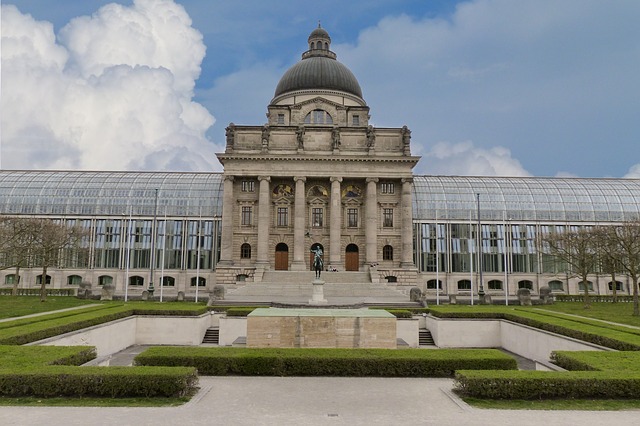
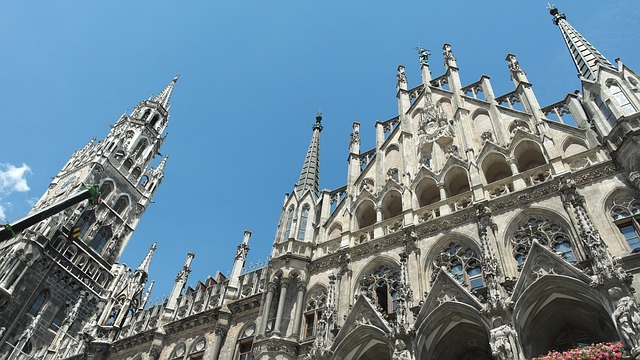
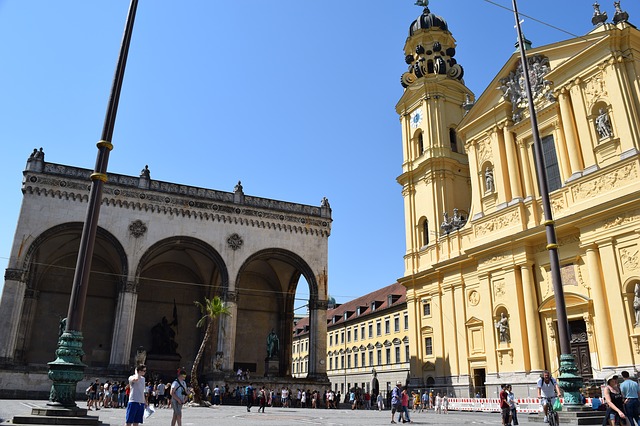

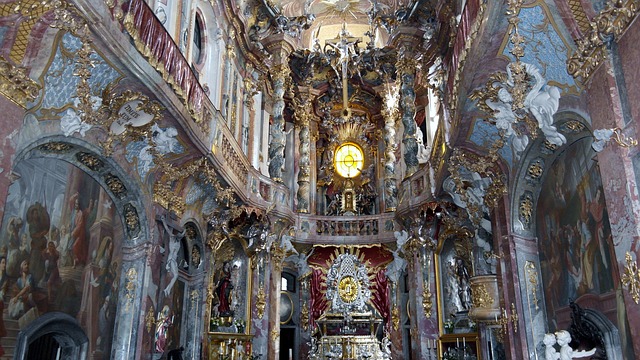
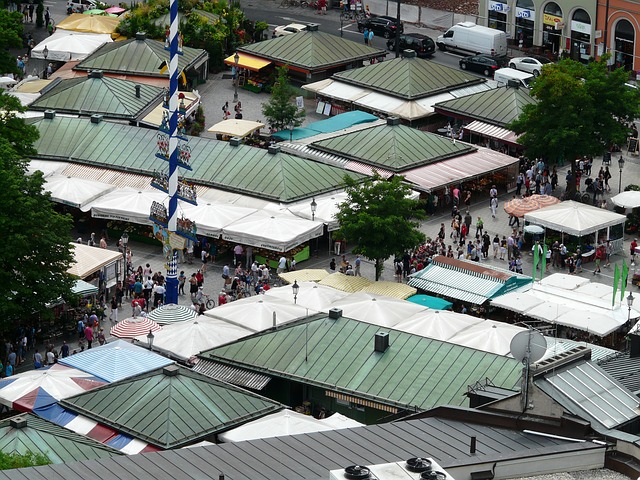
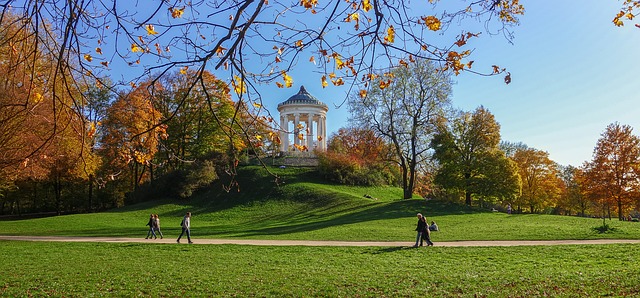
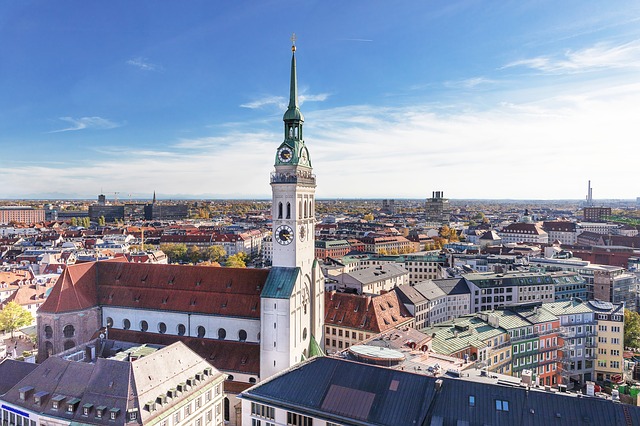
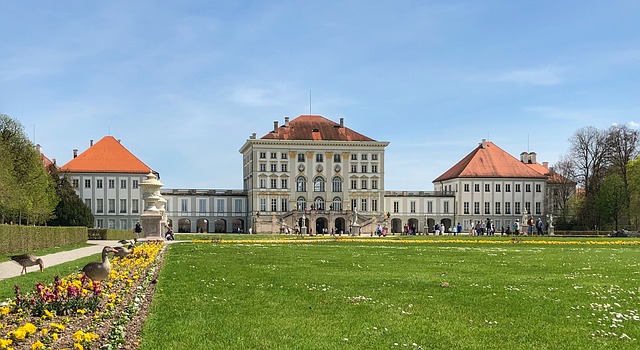
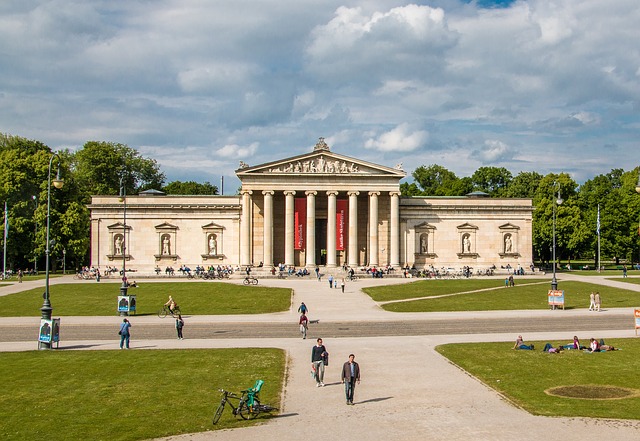

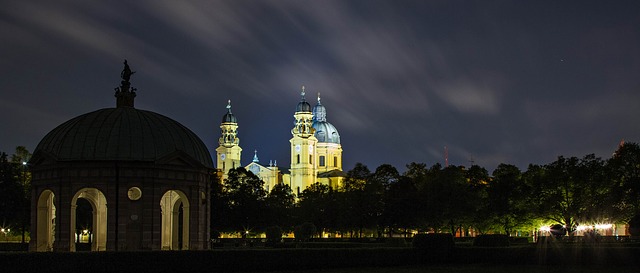
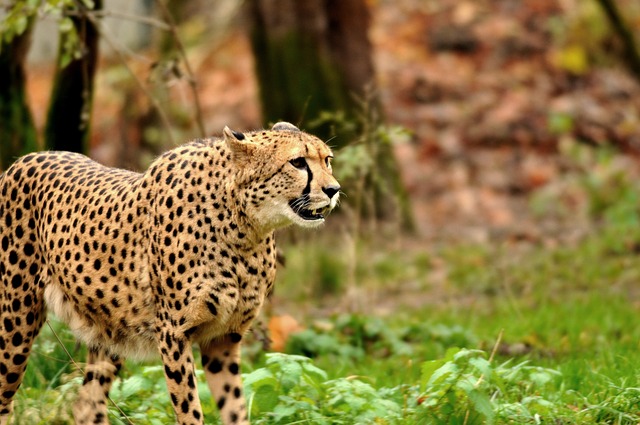
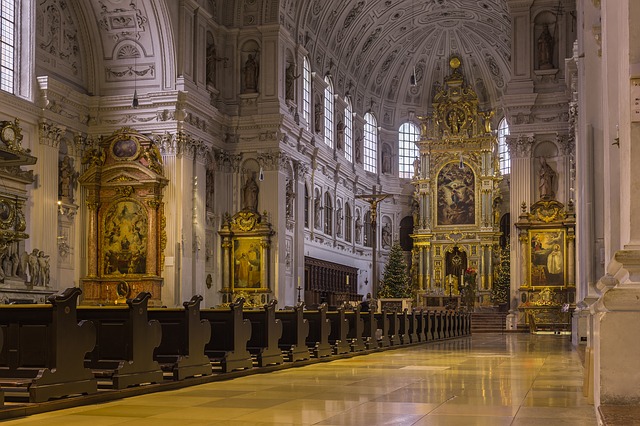

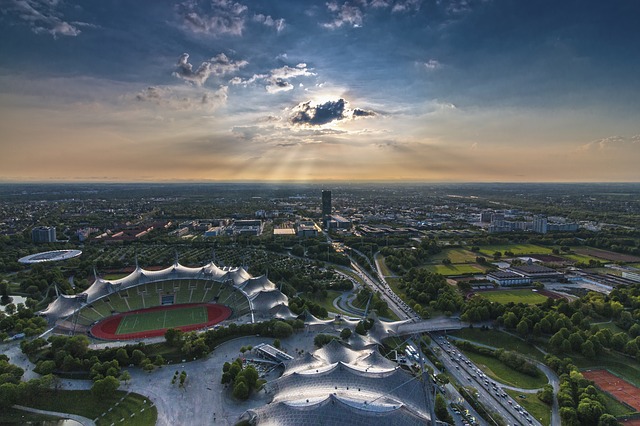

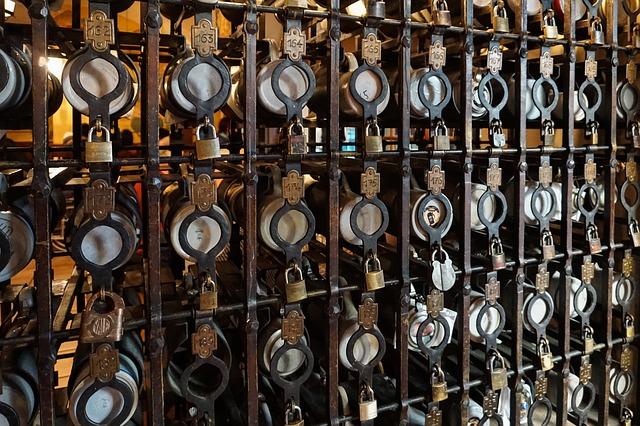













Wow! Love this blog! Munich is really nice place to explore! I have been to Germany earlier with my friends however, I traversed through the entire Munich city once again as I read the blog. The hurdles came in organizing the documents. But I was referred Germany Schengen Visa services by my colleague & everything was easy post that!
ReplyDelete